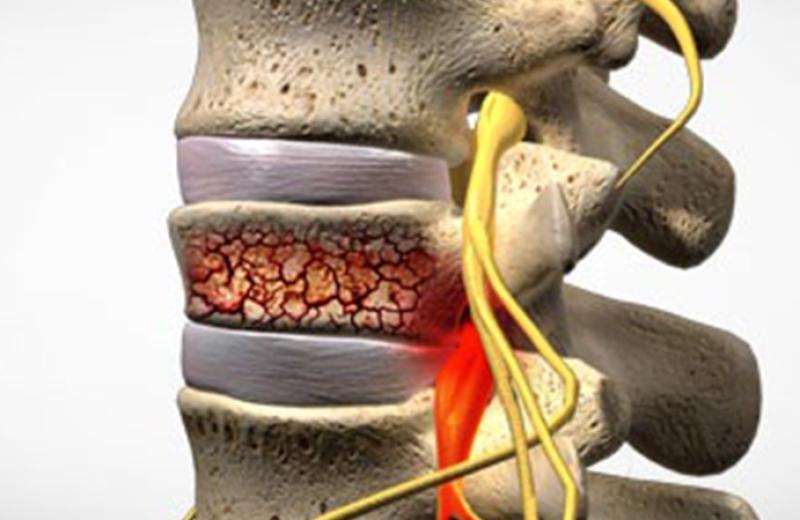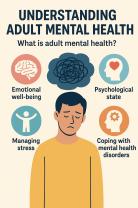Do stress fractures in the spine heal?
Yes, stress fractures in the spine can heal with proper treatment. Stress fractures are small cracks in the bones of the spine. They are caused by overuse, repetitive stress, or a combination of both.
Symptoms of a stress fracture in the spine can include:
- Pain in the back
- Tenderness in the back
- Stiffness in the back
- Muscle weakness in the back
Treatment for a stress fracture in the spine typically includes:
- Rest
- Ice
- Compression
- Elevation
- Pain medication
- Physical therapy
In some cases, surgery may be necessary to repair the stress fracture.
With proper treatment, a stress fracture in the spine can heal completely. However, it is important to rest the spine and avoid activities that cause pain until the fracture has healed.
Here are some tips for preventing stress fractures in the spine:
- Warm up before exercise
- Cool down after exercise
- Avoid activities that cause pain
- Build up gradually to new activities
- Maintain a healthy weight
- Eat a healthy diet
- Get enough calcium and vitamin D
If you think you may have a stress fracture in the spine, it is important to see a doctor to get a diagnosis and treatment plan.
Understanding the Healing Process of Stress Fractures in the Spine:Stress fractures in the spine occur due to repeated stress or overuse, leading to tiny cracks in the vertebrae. The healing process typically involves resting the affected area, reducing stress on the spine, and allowing the body to repair the micro-damage naturally. This process may take several weeks to months, depending on the severity of the fracture.
Medical Treatment Options for Spinal Stress Fractures:Medical treatment for spinal stress fractures may include rest, pain management, and in some cases, bracing to stabilize the affected area. Surgical intervention is considered in rare, severe cases, such as when the fracture threatens spinal stability or causes neurological symptoms.
Rehabilitation and Recovery Strategies for Spinal Stress Fractures:Rehabilitation for spinal stress fractures focuses on gradually restoring strength and flexibility. Physical therapy and specific exercises are essential components of recovery. These strategies help individuals regain mobility and prevent further injury.
Preventing and Minimizing the Risk of Future Stress Fractures:Preventing future spinal stress fractures involves lifestyle modifications, including proper nutrition, maintaining a healthy body weight, and avoiding high-impact activities that could stress the spine. Weight-bearing exercises and activities that promote bone health are encouraged to minimize the risk.
Long-Term Impact and Management of Spinal Stress Fractures:Spinal stress fractures can have long-term impacts on an individual's quality of life. Management may involve ongoing pain management, making necessary lifestyle adjustments, and monitoring bone health to prevent future fractures. Regular medical check-ups and bone density assessments are part of long-term management to ensure the individual's well-being.













